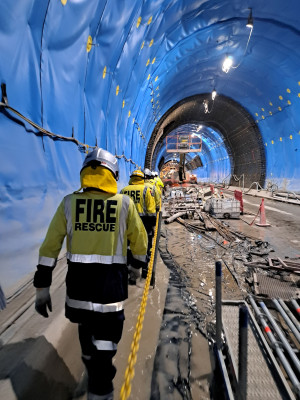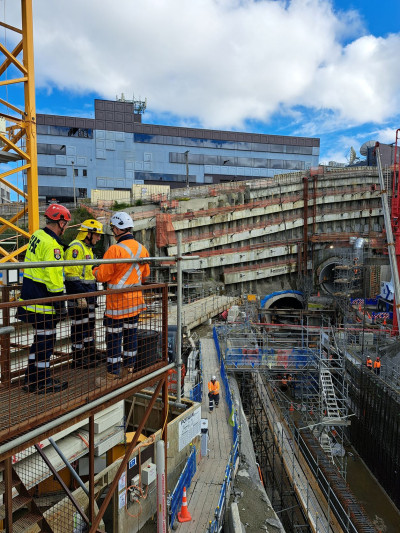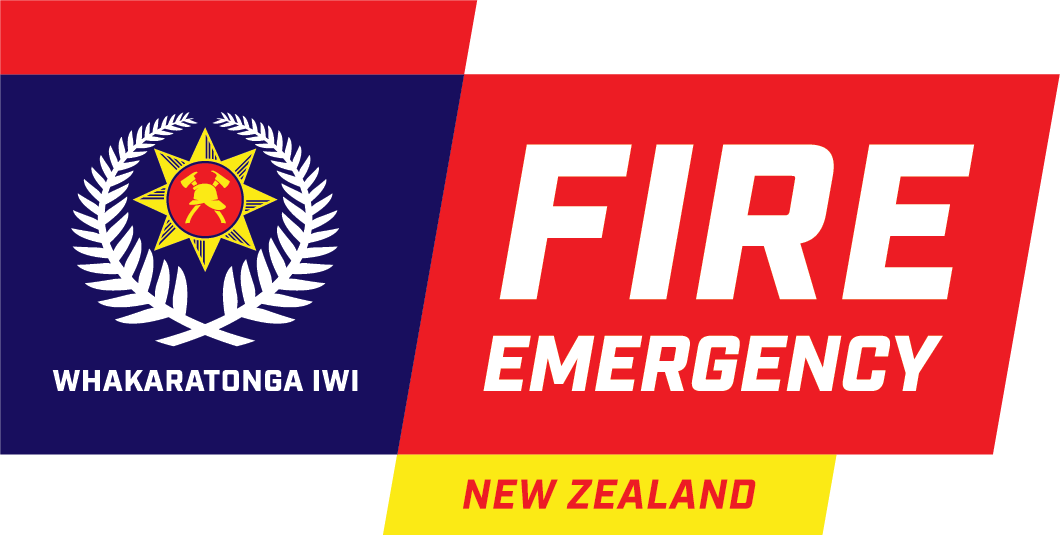Aotearoa’s largest transport infrastructure project and what it means for incident response
 Auckland’s new City Rail Link (CRL) development is Aotearoa’s largest transport infrastructure project. Fire and Emergency was recently able to have a walk through to see the progress and emergency systems currently in place. This walkthrough, and future ones, will assist us in creating tactical plans for our own personnel on how to respond to any fire incidents or evacuations once the rail network is operational.
Auckland’s new City Rail Link (CRL) development is Aotearoa’s largest transport infrastructure project. Fire and Emergency was recently able to have a walk through to see the progress and emergency systems currently in place. This walkthrough, and future ones, will assist us in creating tactical plans for our own personnel on how to respond to any fire incidents or evacuations once the rail network is operational.
The tactical plans will take into account the following key stats from the CRL:
- Two parallel tunnels approximately 3.45km in length
- Each train will be able to carry up to 1,395 passengers
- There could be up to 24 trains per hour per direction, with a capacity of 54,000 passengers an hour
- The Te Wai Horotiu Station (Aotea) will have the largest capacity, with potential for more than 4000 people on the train platform
- The steepest section of track lies between the future Karanga-a-Hape Station and the Maungawhau|Mt Eden Station, with a 1:28 gradient. This means, for every 28 metres along the ground, the slope height increases (or decreases) by 1 metre.
- The Karanga-a-Hape Station will have one of the longest escalators in the Southern Hemisphere at 42 metres long.
Safety and emergency features and systems in the tunnels will include:
- Cross passages between the tunnels, located a maximum length of 346m apart and are critical for evacuation and response teams during an incident.
- Smoke detectors and Closed-Circuit Television (CCTV) cameras in each cross passageway.
- The cross passages will be pressurised to prevent smoke ingress into the non-incident tunnel.
- The Tunnel Ventilation System (TVS) is designed to keep the exit path free of smoke on the down-grade side (counter direction to the ventilation flow which is up-grade) during an evacuation due to fire. This will allow people to exit safely in the down-grade direction along the walkway and via cross passages.
- Fire hydrants will be 50 metres apart throughout the tunnels, always near cross passages, and are designed so that they are continuously filled with water.
Once all systems are in place, Fire and Emergency will conduct drills with our fire crews to test and train on all the new fire safety systems. The new City Rail Link is scheduled to be operational late 2024 or early 2025.
You can read more about the project on City Rail Link’s website(external link).

